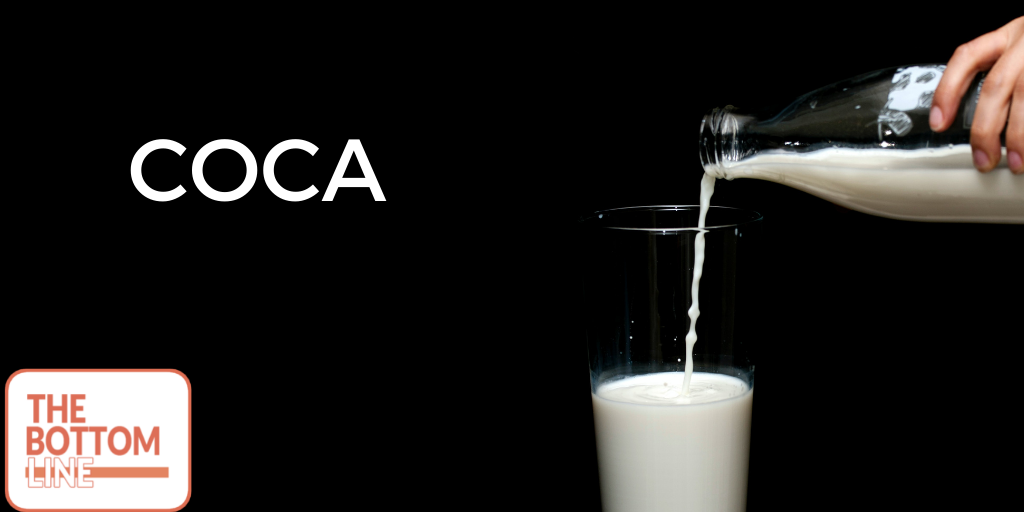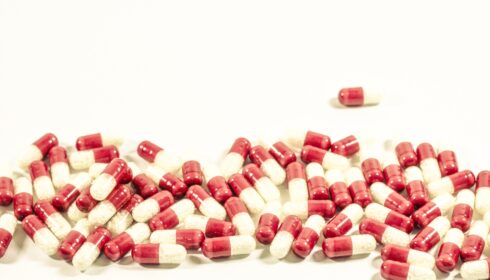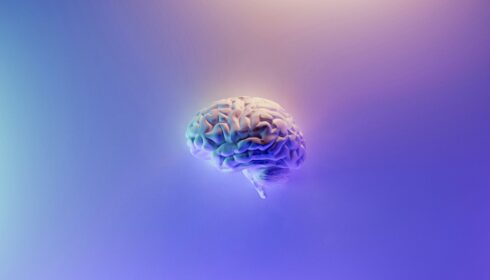COCA

Effect of Intravenous or Intraosseous Calcium vs Saline on Return of Spontaneous Circulation in Adults With Out-of-Hospital Cardiac Arrest: A Randomized Clinical Trial
MF Vallentin, @LarsWAndersen1. JAMA 2021; Published online November 30, 2021. doi:10.1001/jama.2021.20929
Clinical Question
- In patients with out-of-hospital cardiac arrest, does the administration of calcium compared with placebo, improve sustained return of spontaneous circulation?
Background
- Calcium has an important role in myocardial contractility. It has both inotropic and vasopressor effects. In critically ill patients a direct relationship between ionised calcium levels and blood pressure has been shown
- Small RCTs in 1985 investigating the use of calcium in patients with out-of-hospital cardiac arrest reported improved point estimates with the use of calcium, although these results were not significant
Design
- Randomised controlled trial
- Variable block sizes (2,4,6) in a 1:1 ratio
- Random number generator used
- Stratified according to mobile emergency care unit stations
- Double blinded
- Placebo-controlled
- Registered on clinicaltrials.gov
- Sample size calculation:
- Originally calculated at 430 patients
- This was updated following blinded review of 1st 270 randomised patients which showed rates of return of spontaneous circulation were lower than anticipated
- Updated sample size calculation:
- 674 patients would give 80% power to detect an absolute improvement of 9% in the primary outcome from a baseline of 18%, with a false positive rate of 5%
- Originally calculated at 430 patients
- Trial stopped early on recommendation of safety monitoring committee following planned interim analysis
- Modified intention to treat analysis (only included patients who received at least 1 dose of study drug and met inclusion/exclusion criteria)
Setting
- Pre-hospital services in central Denmark
- Patients randomised from Jan 2020 – April 2021
Population
- Inclusion:
- ≥18 years
- Out of hospital cardiac arrest
- Received at least 1 dose of adrenaline
- Exclusion:
- Traumatic cardiac arrest (including drowning and external asphyxia)
- Known/suspected pregnancy
- Received adrenaline during cardiac arrest before arrival of prehospital personnel with the study drug
- Clinical indication for calcium administration
- 397 patients randomised out of 1221 patients with OOH cardiac arrest
- A majority of those excluded (578/824) did not meet inclusion criteria
- 197 randomised to receive calcium chloride, 200 randomised to receive sodium chloride
- 6 randomised patients excluded from analysis as had exclusion criteria (all traumatic cardiac arrests)
- Comparing baseline characteristics of intervention (calcium) vs. control (saline) group
- Age: 67 vs 69
- Male: 68% vs 74%
- Co-morbidity
- Pulmonary disease: 25% vs 28%
- Coronary artery disease: 24% vs 23%
- Kidney disease: 18% vs 22%
- Chronic heart failure: 17% vs 18%
- Cardiac arrest characteristics
- Location – home: 83% vs 80%
- Witnessed: 61% vs 57%
- Bystander CPR: 82% vs 89%
- Automated external defibrillator shock: 8% vs 7%
- Initial cardiac rhythm
- Asystole: 53% vs 48%
- PEA: 24% vs 25%
- VF/VT: 22% vs 27%
- Administration and drug characteristics
- IV: 40% vs 40%
- IO: 60% vs 50%
- Time to administration
- Adrenaline: 17 vs 17 min
- Trial drug: 17 vs 18 min
- Number of doses of trial drug administered
- 1: 27% vs 27%
- 2: 73% vs 73%
Intervention
- Calcium
- 5mmol (10ml ampoule) of calcium chloride administered IV or IO immediately after the 1st dose of adrenaline and again following the 2nd dose of adrenaline if needed
Control
- Normal saline
Management common to both groups
- An ambulance and a physician manned mobile emergency medical service respond to all cardiac arrests, and almost all patients with sustained return of spontaneous circulation or ongoing CPR are transported to a single tertiary centre that is capable of PCI and ECMO
- Treatment during and post-arrest generally adheres to standard European guidelines. ~90% of patients who survived at least 24 hours underwent coronary angiography and were treated with targeted temperature management
Outcome
- Primary outcome: Sustained return of spontaneous circulation (defined as palpable pulses or other signs of circulation without a need for chest compressions for > 20 minutes) – no significant difference
- 19% in calcium group vs 27% in placebo group
- Risk ratio: 0.72 [95% CI, 0.49-1.03], P = .09
- 19% in calcium group vs 27% in placebo group
- Secondary outcomes:
- Comparing intervention vs. control group
- No significant difference in
- Survival at 30 days
- 5.2% vs 9.1%
- Risk ratio: 0.57 [95% CI, 0.27-1.18], P = .17
- Survival at 30 days with a favourable neurological outcome
- 3.6% vs 7.6%
- Risk ratio: 0.48 [95% CI, 0.20-1.12], P = .12
- Survival at 90 days
- 5.2% vs 9.1%
- Risk ratio: 0.57 [95% CI, 0.27-1.18)
- Survival at 30 days
- Significantly less in calcium group
- Survival at 90 days with a good neurological outcome
- 3.6% vs 9.1%
- Risk ratio: 0.40 [95% CI, 0.17-0.91)
- Survival at 90 days with a good neurological outcome
- No significant difference in
- Tertiary outcomes:
- 1st ionised calcium after ROSC – significantly higher in calcium group
- 1.41 vs 1.17 mmol/l
- 1st ionised calcium after ROSC – significantly higher in calcium group
- Bayesian analysis
- The probability that calcium has a positive effect (RR > 1) on the primary outcome is 4%
Authors’ Conclusions
- In patients with out-of-hospital cardiac arrest, treatment with calcium, compared with saline, did not significantly improve sustained return of spontaneous circulation
Strengths
- Randomised controlled trial
- Blinded
- Balanced trial groups (baseline characteristics, intra-arrest and post arrest interventions)
- Registered on clinicaltrials.gov
- No loss to follow up
Weaknesses
- Trial stopped early and did not reach pre-planned sample size
- Patients received study drug at a median of 17 minutes following cardiac arrest
- This may not be generalisable to the in-hospital setting
- In the VAM-IHCA trial drugs were administered in ~8-9 minutes
- This may not be generalisable to the in-hospital setting
- Regional trial in a single country with a pre-hospital set-up that not all areas have, with a physician manned mobile emergency care unit attending all cardiac arrests
The Bottom Line
- In patients with out-of-hospital cardiac arrest, treatment with calcium compared with saline, at a median of 17 minutes post cardiac arrest, did not significantly improve sustained return of spontaneous circulation.
- The point estimates suggest clinically significant harm from the use of calcium in this population
External Links
- [further reading] Critical Care Reviews COCA Livestream
Metadata
Summary author: @davidslessor
Summary date: 1st December 2021
Peer-review editor: George Walker
Image from Pixabay



